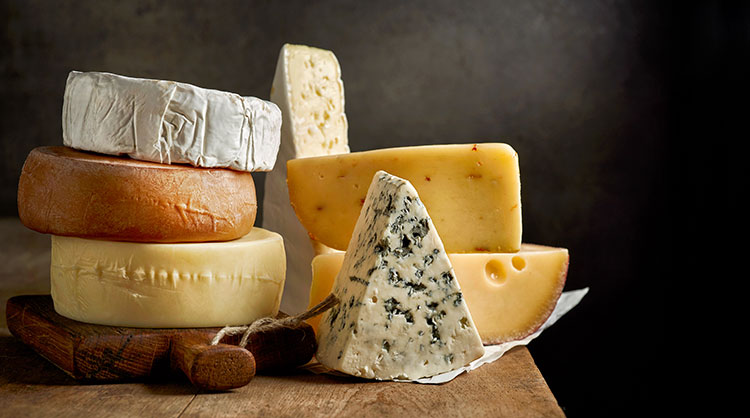
Scarcity and oversupply were two of the stories that permeated the past year as COVID-19 influenced dairy markets. Depending on the product being discussed, supply chains were either running full blast or struggling not to be idle. Even among single products, like cheese, those producing for retail were much busier than those providing for food service.
During the March 24 Hoard’s Dairyman DairyLivestream, Jeff Schwager, the CEO of Sartori Cheese, described the detailed allocation process that they had to follow in order to redirect product intended for food service to meet retail needs.
“Our retail business from the middle of March last year through the end of December was up 35%,” he detailed. “We had requests for 50% growth during that time period, and we just didn’t have product. We couldn’t make it magically appear because we had to make it a year before or eight months before – whatever the aging requirements were.”
While the growth amount for retail was unprecedented, Sartori saw its restaurant side food business drop significantly. That meant they had cheese prepared for that market that could be reshaped and cut to help meet the needs of retail customers. The process of reallocation became a popular need for them last year.
“Instead of saying we’re going to get rid of one customer, we thought the right thing to do was take our good loyal customers and allocate the same percentage growth over what they had forecasted to us for the year,” he said.
A complicated supply chain
Sartori Cheese’s growth and allocation process is a perfect example of the challenges of dairy products, some of which require aging while others have short turnarounds. Sartori has to work off of predictions to identify the quantities of cheese needed for production.
The allocation process was a struggle for many parts of the grocery industry as well.
“Allocation was a huge issue across the grocery store last year, simply because consumer demand grew so quickly that there was no way to meet it, and a lot of people really struggled. We did as well,” shared Kroger’s Mike Brown.
“Dairy actually did very well. In the middle of March last year, our cheese buyer was out buying extra cheese knowing we were going to need it,” he added.
Certainly, buying influenced by COVID-19 impacted farmers and on-farm decisions, but as we look down the supply chain, we can count a number of other wild changes and fluctuations that impacted how our products reach consumers, too.
An ongoing series of events
The next broadcast of DairyLivestream will be on Wednesday, April 7 at 11 a.m. CDT. Each episode is designed for panelists to answer over 30 minutes of audience questions. If you haven’t joined a DairyLivestream broadcast yet, register here. Registering once registers you for all future events.








